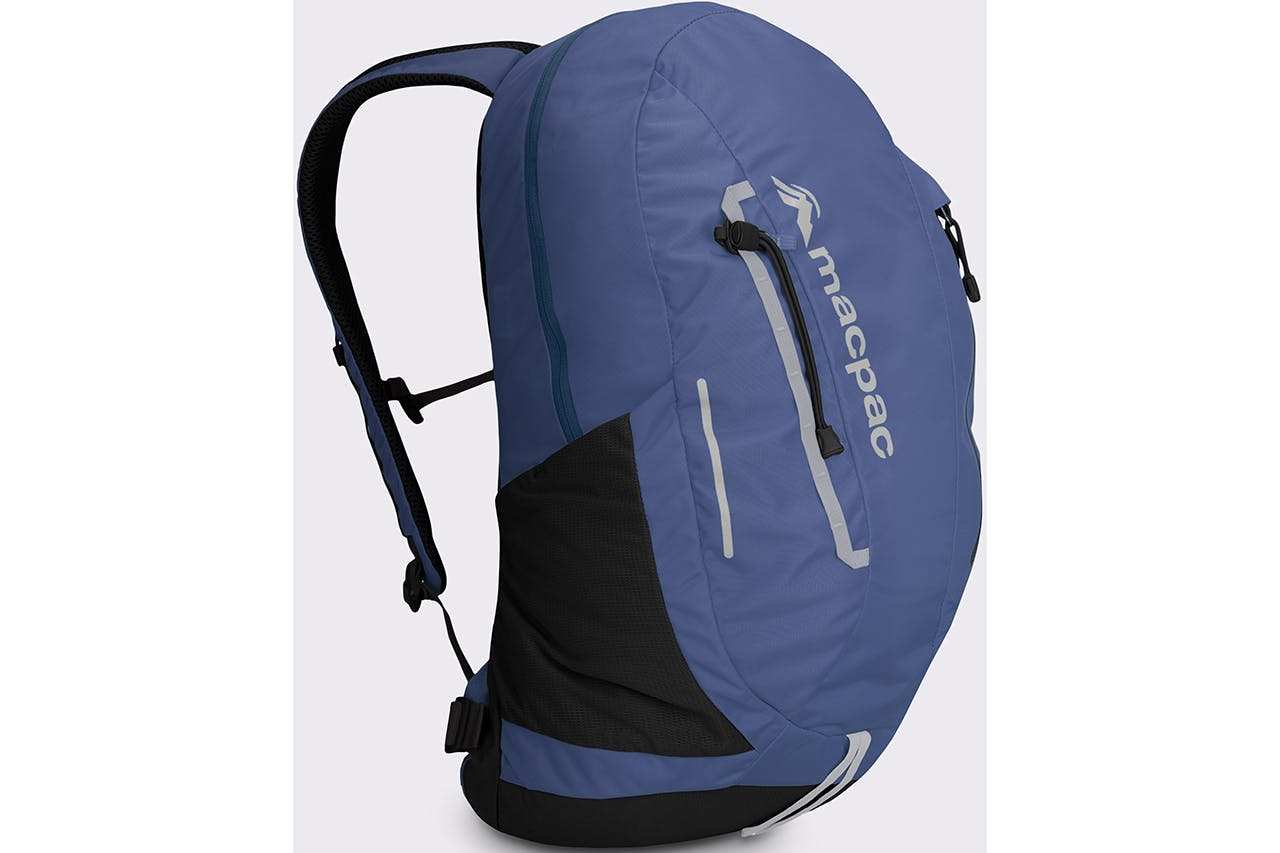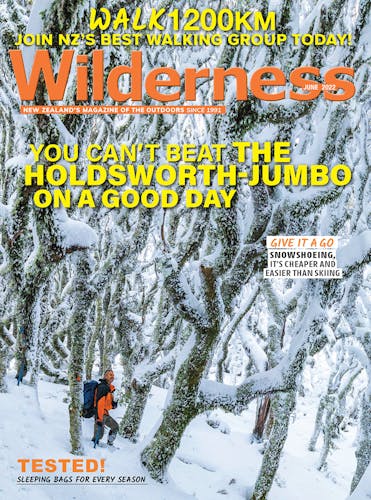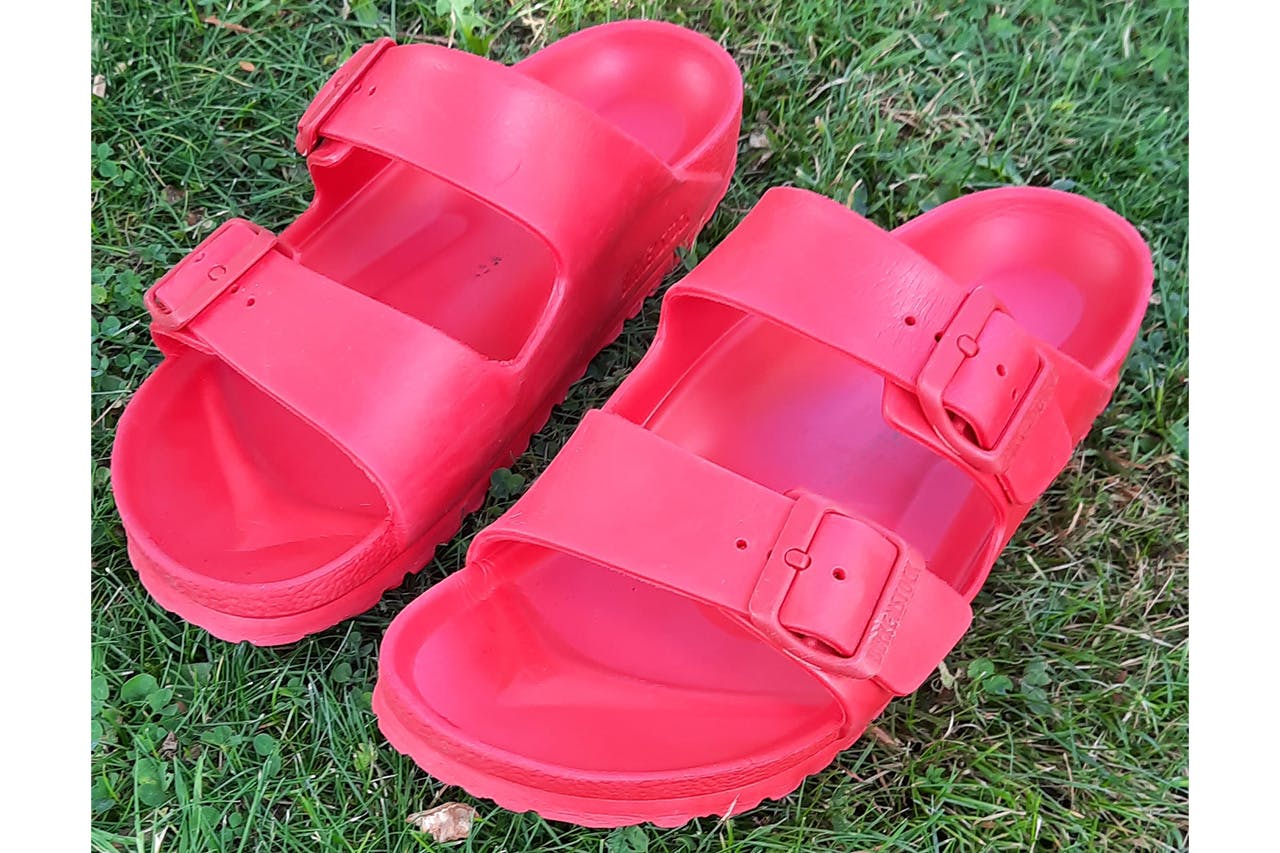Letter of the month
We need the whole story
I would like to tautoko (support) Tania Rae’s ideas (‘There’s something missing from the Great Walks’, April 2022).
As a Kiwi doing one of the Great Walks, I was profoundly uncomfortable with the one-sided narrative being delivered by the DOC wardens. The passion, aroha (love) and manaaki (care) shown by these wardens are abundantly clear; the blame lies not with them but with the poor support offered to them by DOC.
I was left feeling that these nightly talks were a wasted opportunity. Pre-Covid, when the huts were full of overseas visitors, these stories of how the passes and mountains were named and discovered by early European settlers went unchallenged. With Kiwis now filling the huts, it’s time for DOC to up its game and deliver a better narrative that reflects not just the European story but that of Māori as well.
The Great Walks are a taonga that belong to us all and it is important that their stories are told well.
– Kim Jobson

– Kim wins a Macpac Rapaki 22 day pack worth $169.99 from www.macpac.co.nz. Readers, send your letter to editor@lifestylepublishing.co.nz for a chance to win outdoor gear.
The perfect footwear
I enjoyed the story on hut footwear (‘The perfect hut footwear doesn’t exi…’, May 2022) and reading about the author’s conversion to Crocs as ideal hut footwear.
My husband and I recently walked the Tongariro Northern Circuit and I took a pair of Birkenstock EVA sandals (also mentioned in the story) to wear at the hut. They were excellent: extremely light and they have a good, grippy tread. They look particularly fetching when worn with socks (ahem), and are warm and comfy. I simply strapped them to the outside of my pack while hiking.
If Crocs are a step too far for some, I recommend this alternative.
– Jillene Peters
FMC views need updating
I’ve thought about joining the Federated Mountain Clubs as I support their ambitions (‘Departing FMC president going back to basics’, May 2022). However, it’s clear their myopic approach to people enjoying the outdoors does not fit with my views.
Many people advance their skills through the likes of Great Walks and guided trips. Bookable huts, for example – shunned by the FMC – form part of a pragmatic and necessary response to a conservation network that balances safety, access, and a manageable footprint.
The FMC’s paradigm of equal and free access assumes society is equal and that everyone has the same access to time, resources, knowledge and skills. This simply is not the case.
At a time when getting outdoors is gaining popularity, the FMC’s view is ironic. It does not result in the backcountry being ‘a place for everyone’ but rather excludes would-be explorers from extending themselves, albeit with a bit of extra security, assurance or assistance.
My challenge to the FMC is to realise itself as ‘a place for everyone regardless of postcode’.
– Lachlan McKenzie
Babies in huts
I am just glad I wasn’t trying to sleep in a hut with someone else’s baby, it’s hard enough with all the snoring (‘Good night, sleep tight’, May 2022).
I felt that the parents were incredibly selfish. Everyone knows babies wake at night and it’s hard enough sleeping in huts without a very small child.
– Jill Ford
Pack it out
I was surprised to see it recommended that people bury their toilet paper (‘Piles of human excrement are ruining this natural wonder’, April 2022).
Ideally, what you pack in, you pack out. If you take toilet paper with you, you should take it back and dispose of it at home. It’s not hard: take a plastic bag or a resealable ziplock bag. After use, put the toilet paper in there, squeeze out the air, seal it and store it in a way that no air can go back in (if the bag contains no air, it will not smell). At home, dispose of the bag.
Another option, recommended by DOC, is using a compostable bag that can be disposed of at the next toilet. But that depends on coming past a toilet, which won’t always be the case.
– Berend de Boer
I’m back!
I ceased my subscription to Wilderness several years ago because I felt the articles were too ‘lightweight’. I was impressed that the editor took the time to write to me to ask why I cancelled. He said he had plans for change.
As a keen tramper who uses the internet to research my trips, Wilderness is a natural start. So, after years of using up my free viewing allocation each month, I resubscribed.
I love what you are doing with the magazine. I start the day viewing the Wilderness Daily email and I am getting more info from your articles. The trip files are a constant source of inspiration.
The star of the show is, of course, the top quality and aspirational photos.
Thanks very much for taking a good thing and making it better.
– Monique Bon
The printing cost of Wilderness
I hope the difficulties you face with printing the magazine don’t put you off the format (Editor’s letter, May 2022). Each month, I pick up and flick through the latest copy more than once before I settle down to read an article or two. The website version is there for necessity, not for pleasure.
However, I do think about the trees that were felled so I can practice the art of being an armchair tramper. I would like to know about the environmental credentials of the magazine. Is the paper sourced from a certified source? Is there any recycled content? What about the ink?
Nothing comes without a cost of some sort. I’m happy to pay my share, and I’m sure many page-turning nature lovers would join me in this sentiment.
– Stephen Blyth
– The paper used for Wilderness is sourced with either FSC or PEFC accreditations, both of which ensure that the paper is environmentally sourced. Wilderness is printed with vegetable-based inks and the magazine is completely recyclable. – AH







